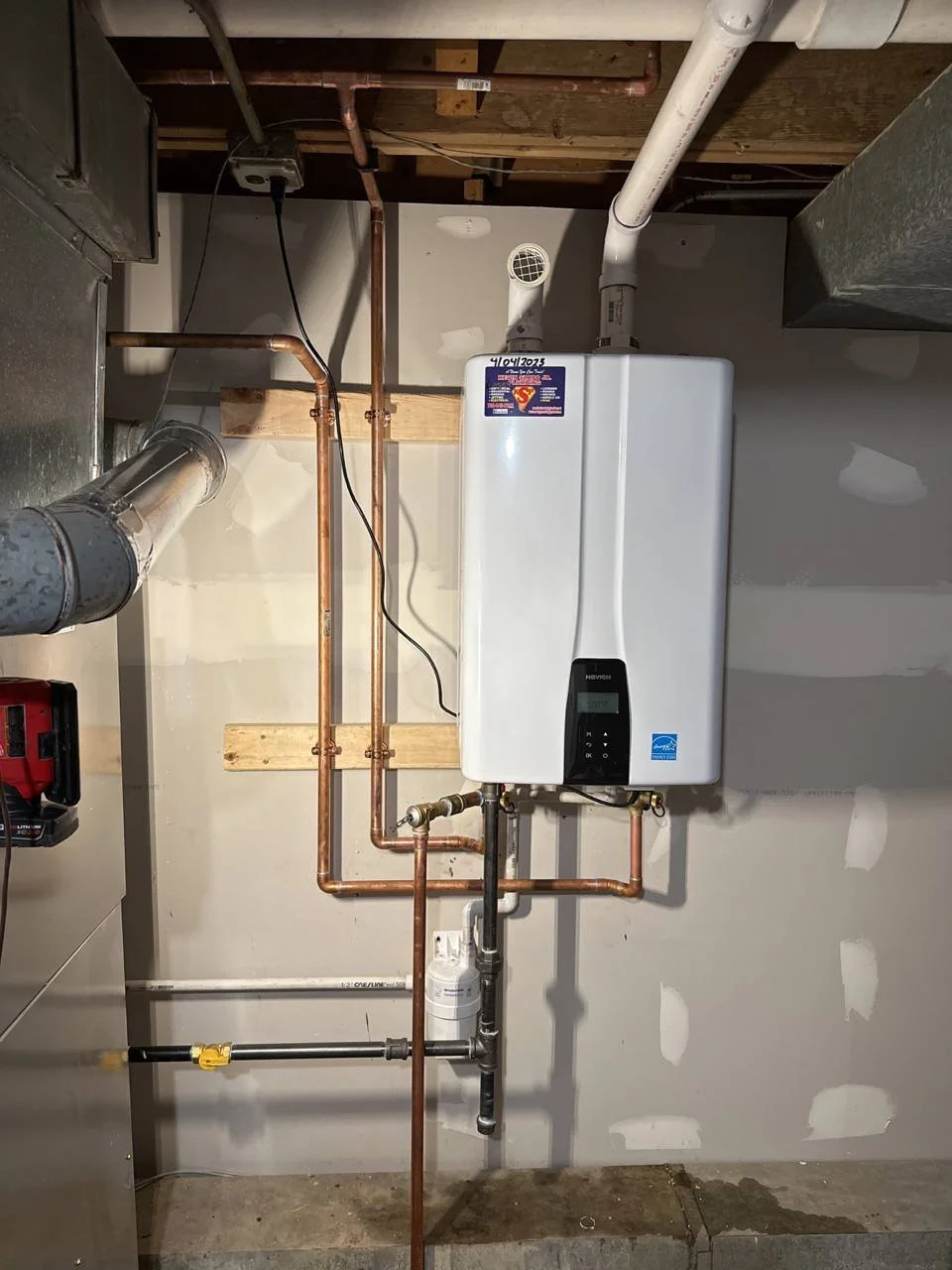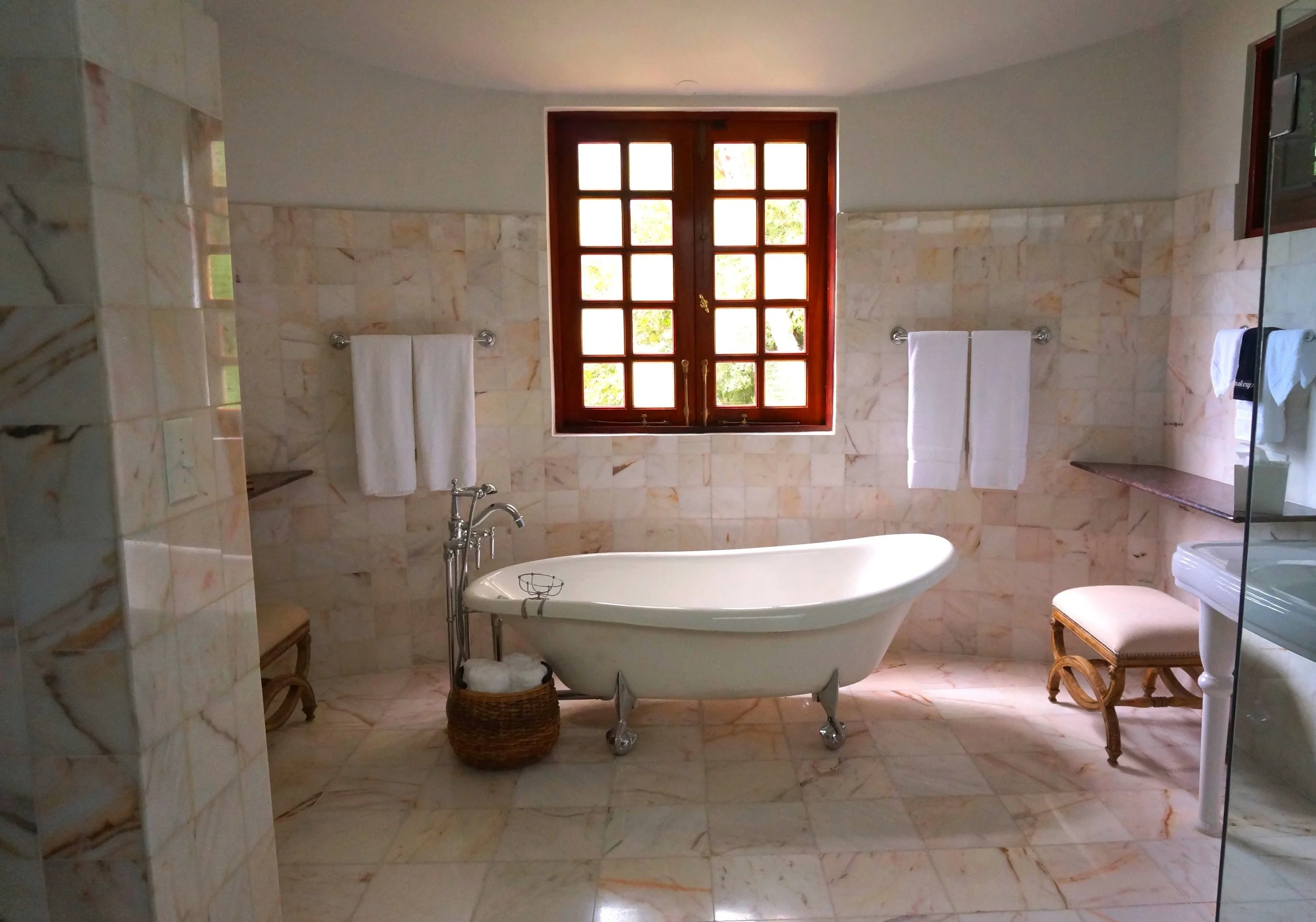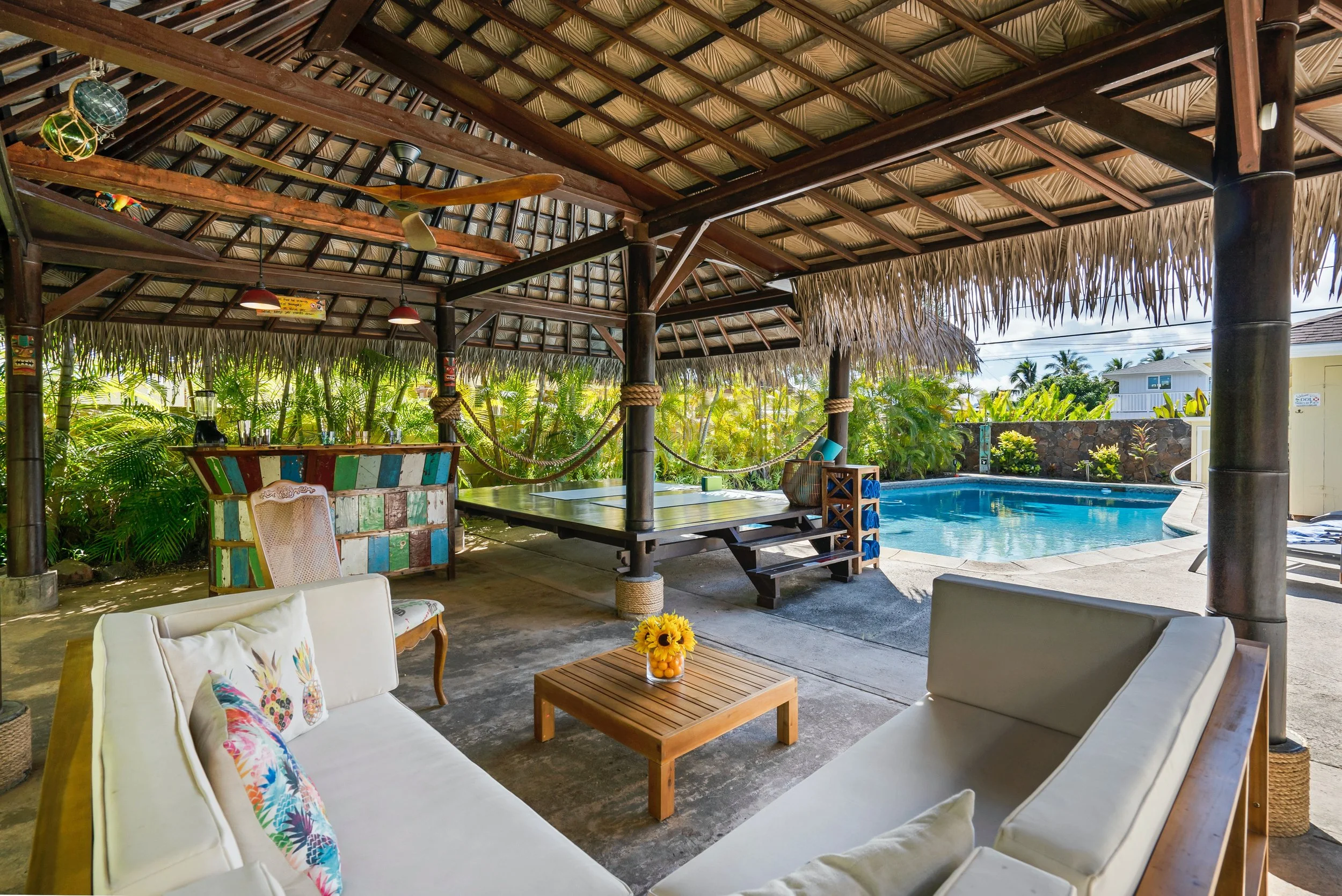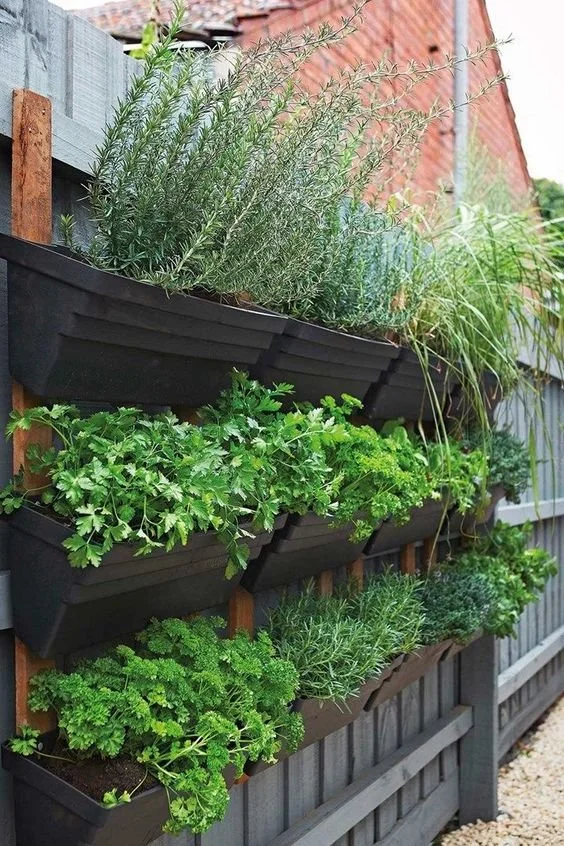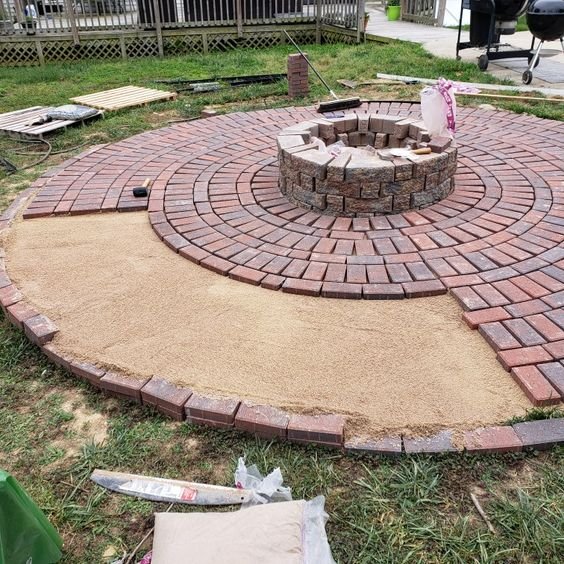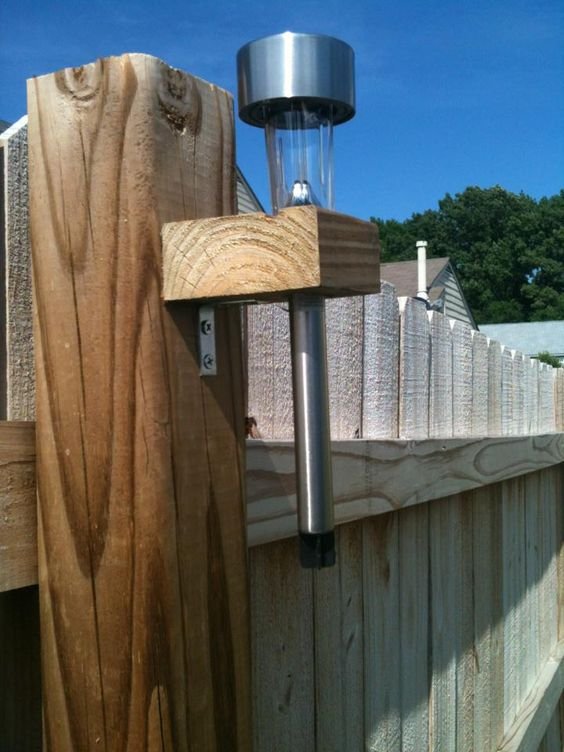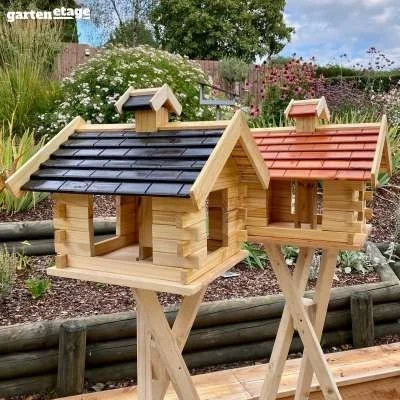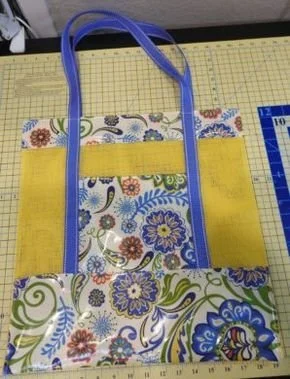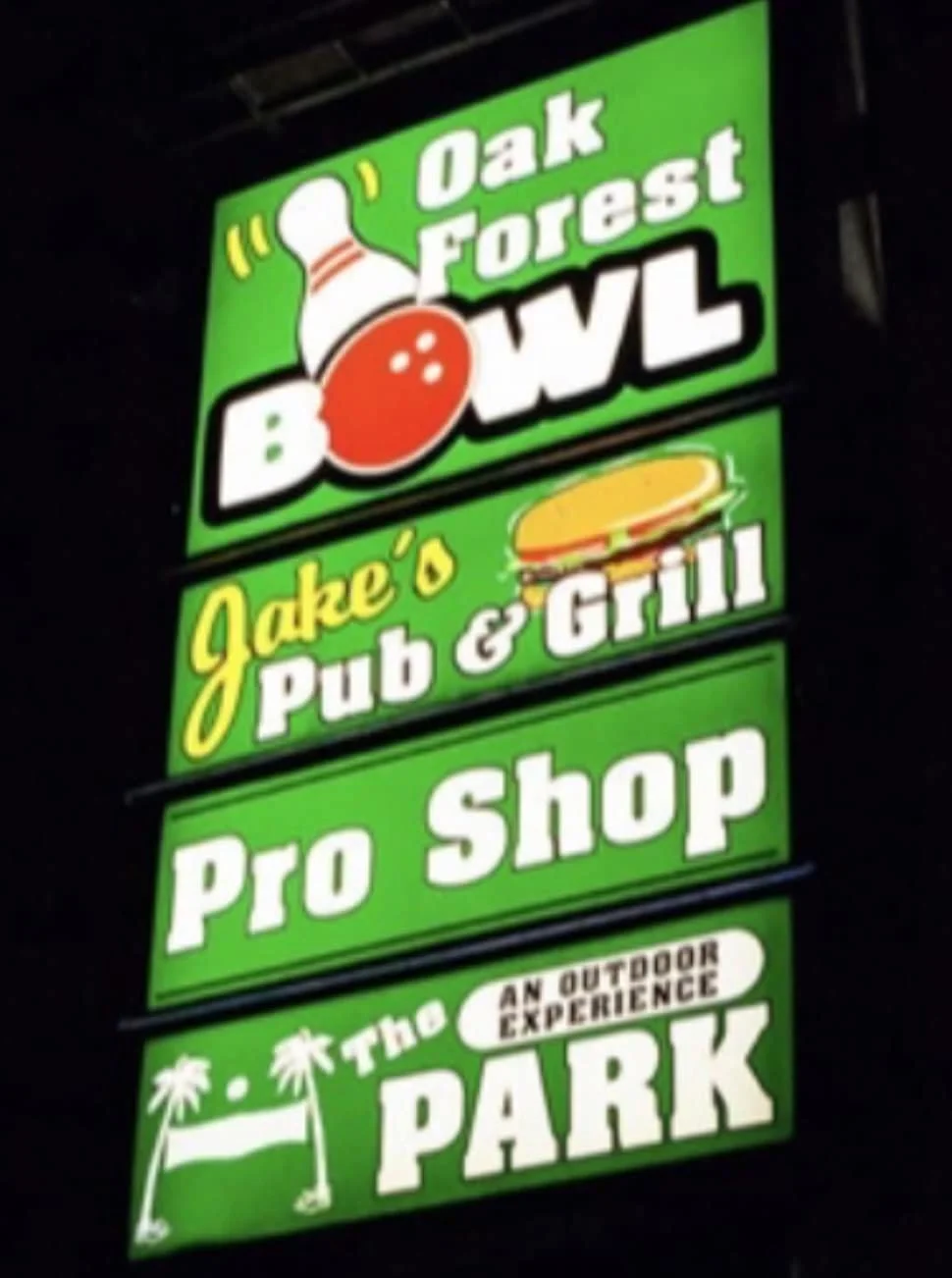As a landlord in Ohio, it is crucial to understand your rights and responsibilities to effectively manage your rental properties and maintain a successful landlord-tenant relationship. Ohio's landlord rights are governed by state laws and regulations, and being aware of these rights empowers you to navigate various situations with confidence. In this article, we will explore key aspects of Ohio landlord rights that every landlord should know.
1. Right to Screen and Select Tenants
As a landlord in Ohio, you have the right to screen and select tenants for your rental property. You can establish criteria and conduct background checks, credit checks, and reference checks to ensure you choose reliable and responsible tenants. However, it is essential to comply with fair housing laws and avoid any form of discrimination during the screening process.
2. Right to Set Rent and Security Deposits
Ohio landlords have the right to set the rent amount for their rental properties. You can determine the rent based on market rates, property value, location, and other relevant factors. Additionally, you have the right to collect a security deposit from tenants to protect against potential damages or unpaid rent. Ohio landlord-tenant law does not place a specific limit on security deposit amounts, but it should be reasonable and comply with proper handling procedures.
3. Right to Proper Notice
Landlords in Ohio have the right to provide proper notice to tenants for various purposes. For example, if you need to enter the rental property for repairs, inspections, or other legitimate reasons, you must provide reasonable advance notice to the tenant, usually at least 24 hours in advance. Similarly, if you plan to terminate the tenancy, raise the rent, or make any significant changes to the lease agreement, you must provide proper notice within the timelines specified by Ohio law.
4. Right to Maintain the Property
As a landlord, you have the right to maintain the rental property in a safe and habitable condition. This includes ensuring that essential services, such as plumbing, heating, and electricity, are functioning properly. It is your responsibility to address necessary repairs promptly and keep the property in compliance with local health and safety codes.
5. Right to Evict Problematic Tenants
Ohio landlords have the right to evict tenants who violate the terms of the lease agreement or fail to fulfill their obligations. Common grounds for eviction may include non-payment of rent, unauthorized occupants, property damage, or illegal activities on the premises. However, landlords must follow the proper legal procedures outlined in Ohio's Landlord-Tenant Law, which includes providing proper notice and obtaining a court order for eviction if necessary.
6. Right to Collect Rent and Enforce Lease Terms
As a landlord, you have the right to collect rent from your tenants according to the terms specified in the lease agreement. If tenants fail to pay rent on time, you can take appropriate legal action to enforce the lease terms and recover any unpaid rent. It is advisable to keep detailed records of rent payments and communication with tenants to support your case if a dispute arises.
7. Right to Deduct Damages from Security Deposit
If tenants cause damage to the rental property beyond normal wear and tear, Ohio landlords have the right to deduct the necessary repair costs from the tenant's security deposit. However, you must provide an itemized list of deductions and return any remaining deposit amount to the tenant within the required timeframe after the tenancy ends.
8. Right to Access the Property
Landlords in Ohio have the right to access the rental property for specific purposes, such as repairs, inspections, or emergency situations. However, it is important to provide proper notice to the tenant and respect their privacy rights. The notice period may vary depending on the nature of the visit, but generally, 24 hours notice is considered reasonable.
9. Right to Terminate Tenancy
In certain circumstances, Ohio landlords have the right to terminate a tenancy. Common reasons for termination may include lease violations, non-payment of rent, or the expiration of a fixed-term lease. However, it is essential to follow the proper legal procedures and provide the required notice to the tenant. The notice period may vary depending on the specific situation, so it is crucial to consult Ohio's Landlord-Tenant Law or seek legal advice to ensure compliance.
10. Right to Recover Unpaid Rent and Damages
If a tenant fails to pay rent or causes damage to the rental property, Ohio landlords have the right to pursue legal action to recover the unpaid rent or seek compensation for damages. This may involve filing a lawsuit in small claims court or seeking the assistance of a collections agency. It is important to document the evidence of unpaid rent or damages to support your case.
11. Right to Lease Termination for Safety Reasons
In certain situations where the rental property poses safety risks or requires significant repairs, Ohio landlords have the right to terminate the lease to protect the well-being of the tenants. However, specific conditions must be met, and the landlord must follow the legal procedures outlined in Ohio law. It is advisable to consult with an attorney to ensure compliance with the necessary requirements.
12. Right to Enforce Lease Violations
If tenants violate the terms of the lease agreement, Ohio landlords have the right to enforce the lease provisions. This may involve providing notice to the tenant and giving them an opportunity to rectify the violation within a specified timeframe. If the violation persists, legal action may be necessary to enforce the lease terms or terminate the tenancy.
13. Right to Non-Renew a Lease
Ohio landlords have the right to choose not to renew a lease agreement at the end of the lease term. However, proper notice must be given to the tenant within the required timeframe, as specified in the lease agreement or Ohio law. It is important to clearly communicate your intentions regarding lease renewal to tenants well in advance.
14. Right to Recover Legal Expenses
In some cases where legal action is necessary to enforce lease terms, collect unpaid rent, or evict a tenant, Ohio landlords may have the right to recover reasonable legal expenses incurred during the process. This may include attorney fees, court costs, or other related expenses. It is advisable to consult with an attorney to determine if you are eligible for such a recovery.
15. Right to Set Property Rules
As a landlord, you have the right to establish reasonable rules and regulations for your rental property. These rules may include restrictions on pets, smoking, noise levels, or other aspects that help maintain a peaceful and safe living environment for all tenants. It is important to communicate these rules clearly to tenants and include them in the lease agreement.
Conclusion
Understanding your rights as a landlord in Ohio is crucial for managing your rental properties effectively and within the boundaries of the law. Familiarizing yourself with Ohio's landlord rights empowers you to make informed decisions, handle tenant issues appropriately, and protect your investment. It is advisable to consult with legal professionals or seek guidance from landlord associations to ensure compliance with Ohio's laws and regulations pertaining to landlord rights.
Guest Contributor: Amelia Brown

